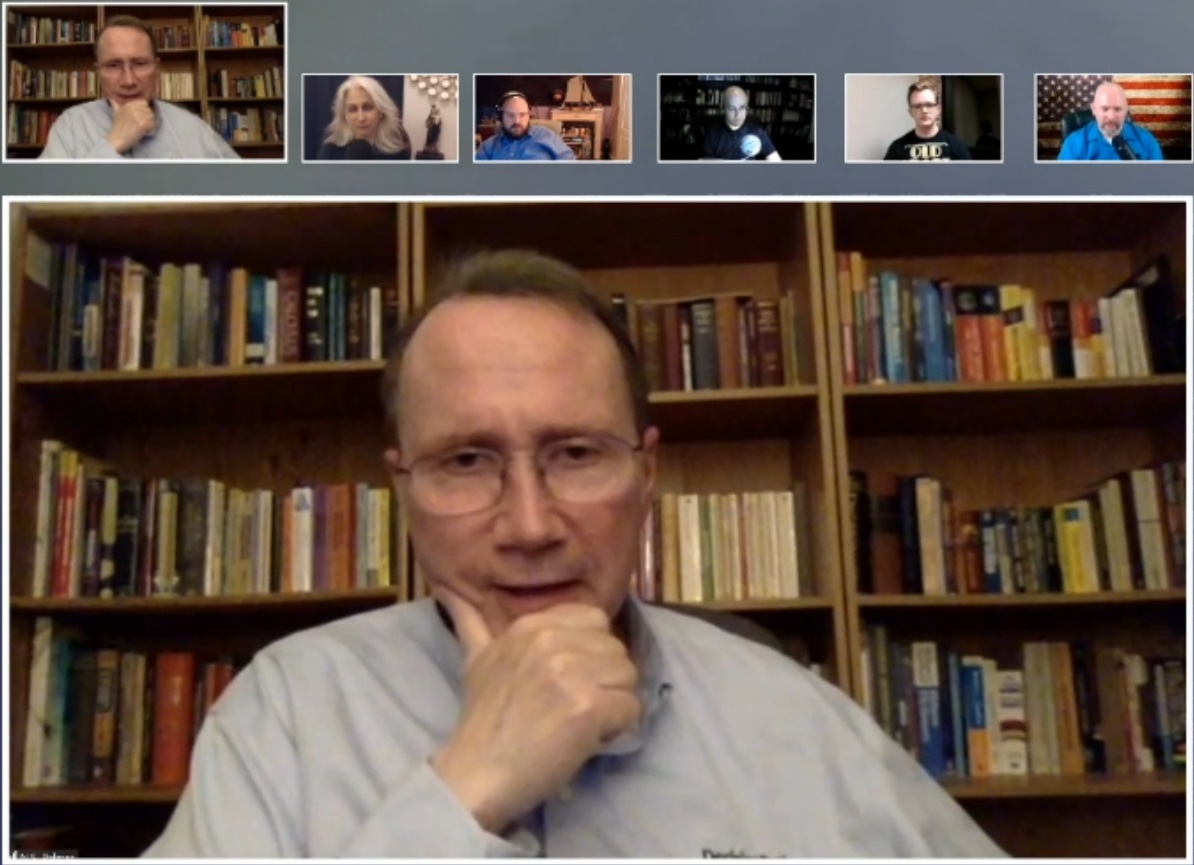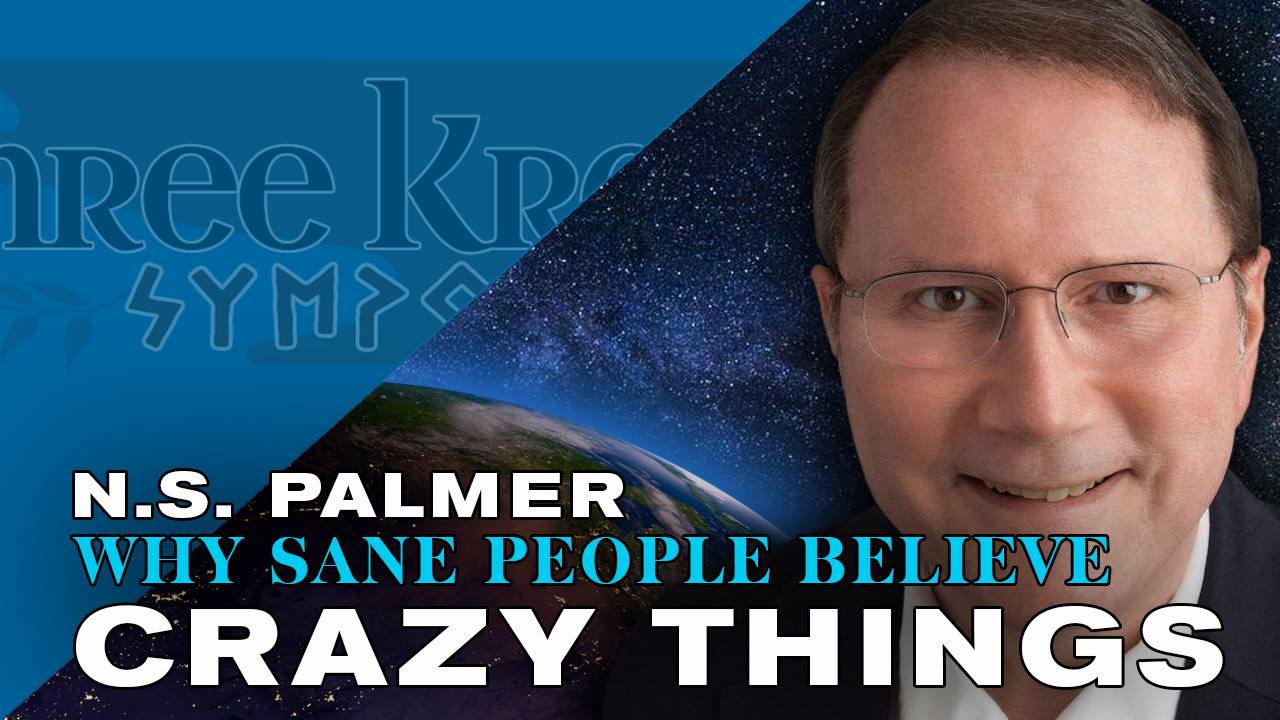After over a month of lockdown in most American states, people are starting to ask questions about it.
Why did this happen? How did it happen? Was it really necessary?
Here’s how the situation looks to me. This is not a medical analysis. It’s a personal viewpoint:
First, yes, Covid-19 is a real thing and it’s worse than the flu. We still don’t know exactly how much worse. But it’s definitely something to avoid. The lack of reliable information is starting to seem a little odd.
Second, what frightens people the most isn’t the disease itself, but the uncertainty. If you get Covid-19, you might never even feel sick — especially if you’re under age 50. Or you might get the sniffles. Or you might feel like you have the flu. Or you might suffer terribly and then die. You just don’t know. It’s a little like living next door to a nuclear power plant. You’ll probably be fine, but if there’s a meltdown, you could be in big trouble.
Third, I think that events unfolded like this:
- The virus got started in China. How, I don’t know. It doesn’t matter at this point.
- It started at the worst possible time. It was the Chinese New Year, when people traveled all over China to celebrate. Others traveled abroad. The virus traveled with them. And it spread.
- As on the Diamond Princess cruise ship, most people who were exposed to the virus didn’t get infected (that’s my best guess based on what I’ve seen).
- Of those who got infected, some didn’t get sick at all. Others got moderately sick. A small percentage got extremely sick and required hospitalization. Some died. It was ugly. It was frightening.
- Italy had so many sick and dying people that its health care system was overwhelmed. That scared the hell out of everyone, including medical professionals.
- Based on almost no data, a few epidemiologists cooked up worst-case scenarios that turned worldwide fear into worldwide panic. After decades of watching movies about a zombie apocalypse, people were ready to imagine the worst. And they did.
- News media hyped the danger to get views and clicks. A headline like “School Board Approves Funding” gets much less attention than “Everyone’s Going to Die!” So we were treated 24/7 to variations on “Everyone’s Going to Die!” We still are.
- A few countries handled the situation well, or at least effectively. China clamped down hard to quarantine affected areas, using all of the authoritarian muscle at its command. South Korea and Taiwan contained the spread via contact tracing. Sweden imposed few restrictions and had a few more deaths, but voluntary precautions seem to have worked without the need to wreck the country’s economy.
- In the United States, sadly, politics infects everything. A booming economy and Americans’ rekindled optimism were President Trump’s most powerful arguments for re-election in November. The Covid-19 panic smashed both of those, and Trump-haters want them to remain smashed until after the election. Their strategy is to continue the lockdown for as long as possible, do as much damage as possible, while blaming Trump for all of it. Medical experts will tend to go along with the lockdowns because they think only of medical risks; economic and social risks aren’t part of their brief.
- Meanwhile, millions of newly-unemployed Americans are becoming impatient. They aren’t going to wait much longer. Covid-19 is a risk. So are power-mad government officials, economic ruin, and starvation. A lot of people will roll the dice and take their chances. They have no desire to be the new Kulaks in AOC’s socialist paradise.
Political and social leaders should support carefully re-starting the economy, while protecting people who are most at risk (mainly the elderly) and encouraging everyone to continue sensible safety practices.
Check out my book Why Sane People Believe Crazy Things: How Belief Can Help or Hurt Social Peace. Kirkus Reviews called it an “impressively nuanced analysis.”






One point that seems to have been forgotten is that “flattening the curve” via “stay at home”, was originally meant to spread out the COVID-19 cases, that would require hospitalization, over a longer period of time. But it seems like the purpose of the lockdown has now changed to achieving a great reduction in cases, or even the eradication of COVID-19 altogether, which I think will never happen without an effective treatment, vaccine, and the development of herd immunity.
Less than 1% of our population has been exposed to the virus, so far. What’s going to happen when the remaining 99% come out of quarantine? I think we’ll be in the same position we were in two months ago (only with more vents and PPE on hand, and a destroyed economy).
LikeLike
Agreed. “Moving the goalposts” is such a familiar tactic that we should have expected it. I do doubt that we know how many people have been exposed, since we don’t have widespread testing. We really need to get that going.
LikeLike
Oft unmentioned is something I read some time back – that both Italy and England had health systems with very little excess capacity, and were therefore bound to be overwhelmed by an unusual contagion.
Six weeks on and we are still reading about new traits being discovered about how the virus spreads or mutates. I am starting to wonder if the experts will have things sorted out before the problem runs its course (which has been the way mankind has gotten through these periodic sweeps of disease).
LikeLike
The situation is complicated by misinformation and shoddy argument on both sides, though only one side uses it all the time as a standard procedure. A recent video has a couple of California MDs arguing that Covid-19 infection is much more widespread than initially believed — and that’s true. But their argument relies on the idea that the percentage of infections in the general population is the same as the percentage of positive results among people tested for the virus. Statistically, that’s an obvious howler, because it suffers from sampling bias. At present, the vast majority of people who’ve been tested are people who had symptoms consistent with Covid-19. Therefore, it’s likely that a much higher percentage of those tested will have Covid-19. The kicker is that they didn’t need the error to make their argument, since there’s plenty of evidence that the virus is widespread — just not as widespread as they contended. I’m guessing that since they’re MDs and not statisticians, they succumbed to human nature and believed in whatever would support their conclusion. Of course, I don’t want to just pick on them: you can turn to CNN or almost any Covid-19 article in The New York Times to see even more egregious misinformation and outright lies.
LikeLike